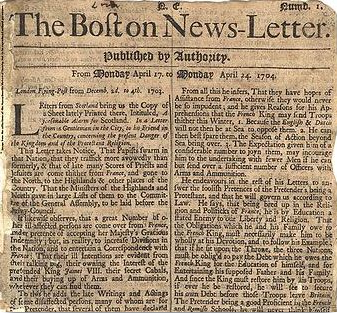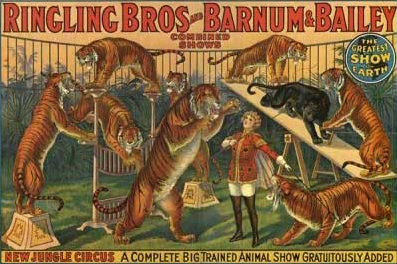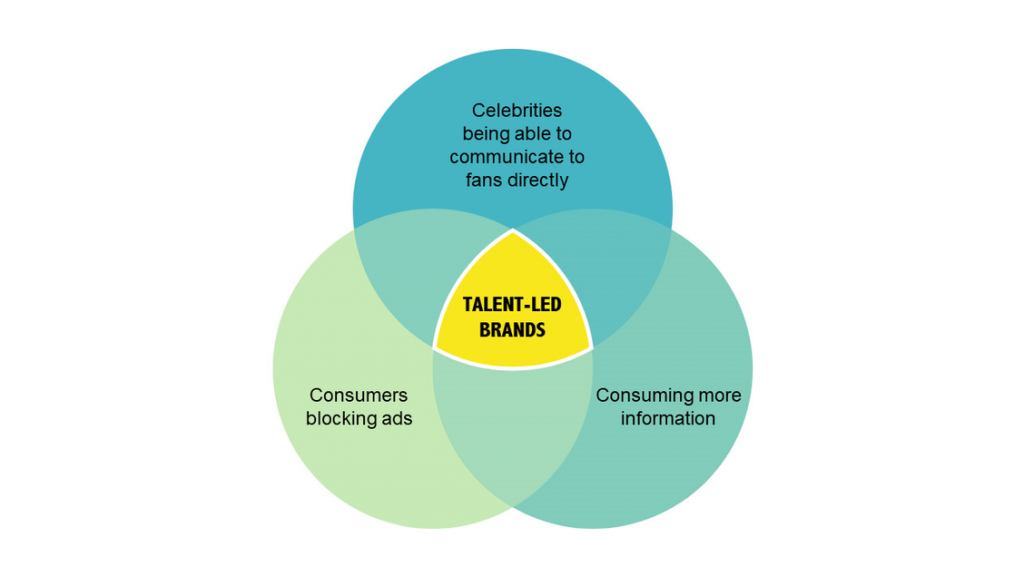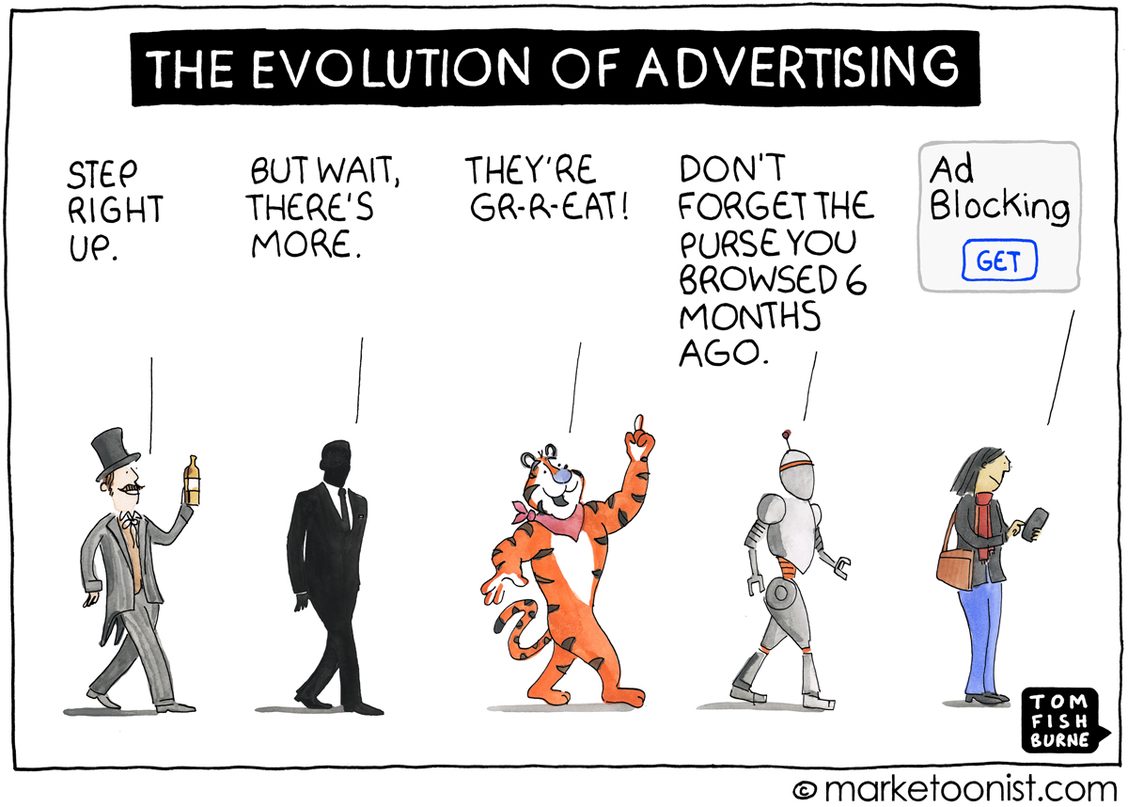And why talent is the future
Sandbox Studios is not investing in celebrities for celebrity’s sake. In fact, it’s just much smarter consumer investing because talent is the natural progression in the evolution of advertising. Most people just don’t know it yet.
This has been brought about by several disparate factors that are pushing this into becoming the new medium for brand marketing. Sandbox Studios is not just at the intersection of this seismic shift, but is way out at the forefront spotting, building, and shaping this new ‘Golden Age of Advertising’ where there is a power shift as equal to the shift in attention.
However, if you are not a brand marketer (or born in the 2000s) this can be difficult to understand. And starting from the beginning of anything is always the best place to start.
Let’s go back to the beginning – way back to 1472 when William Caxton printed the first print ads for a book and tacked them onto church doors in England:

Fast forward to 1704, the first newspaper ad was published in the United States:

Which led to Ringling Bros and Barnum & Bailey’s first billboard in 1835:

With access to home addresses shortly after, brands started capitalizing on direct mail with Sears launching their first campaign in 1892 with 8,000 postcards producing a whopping 2,000 new orders. This conversion rate (25%) is incredible when compared to the average Kardashian’s social media conversion which is currently equivalent to 0.004%.
But it wasn’t until radios and then television when things really started getting interesting – the first time when brands could speak directly to people in their own home, on their own time, enjoying the things they love. Homing in on what make customers tick, Rosser Reeves introduced the idea of a unique selling proposition in 1930, followed shortly thereafter by market research used to gather consumer data to help advertisers relate more to their customers and identify things they became emotional about.
What they discovered is that relatability and association matters. This led to the Golden Age of Advertising from the late 1960s to the 1980s (think Mad Men). This period combined centuries of advertising evolution to identify the strong association of sales metrics linked to consumers having a better connection with the brands that they buy. Remember Tony the Tiger and Snap, Crackle & Pop? Advertisers figured out that people like to relate to others – characters or not – in order to help shift breakfast cereal. This moved on to the Marlboro Man and fast forward to The Rocks’ of today.
People like to relate to people.
What makes our current advertising era so unique is that rather than pushing media to consumers (ie creating a character for consumers to identify with) – consumers are now self-selecting. They choose the media personalities that they follow, and we can find out what they like because they tell us what they like with a click of a button and a tap of a heart emoji.

This revolutionizes the game.
But there are issues with social media advertising. Advertisers have gotten a lot smarter since William Caxton posted his first ad on a church door. But so have consumers. People do not like to be sold to and the sad fact is that only 4% of current consumers trust ads now. It is becoming harder and harder to convince new customers that you are a great product – regardless of whether you have a striped tiger to help you sell it. Advertising is not enough.
However, as mistrust of advertisers increases, so does consumption – total consumer spending has more than doubled since 1985.
So how are we buying more stuff if we don’t look to ads to find out what to buy?
The answer is content & peers – in equal measure. We are consuming content like never before and our access to information is unlimited. Even within our peer group, we have WhatsApp chat groups to decide on group trips and TikTok reels to discover new activities.
Why this is important is that celebrities are the perfect Venn diagram to address this advertising challenge:

Self-selecting consumers are wanting real recommendations from peers and people they look up to, whilst also wanting to deeply consume content. Therefore, using celebrities to endorse, sell and promote products is not just something to do – it is the evolution of advertising and a monumental shift in consumer purchase behaviour. Talent needs to be viewed in this context as the next medium for brands to reach consumers.
As a venture fund, we are already witnessing this shift from the amount of deal flow we’ve seen (over 140 deals since September 2021) to the types of projects bringing on celebrities. Our ecosystem allows us to tap into this space in a unique way by assessing these deals through our strategic framework, but more importantly, accelerating these deals at launch and beyond with our 20+ years building talent-led brands globally.
Welcome to the new forefront of advertising!

